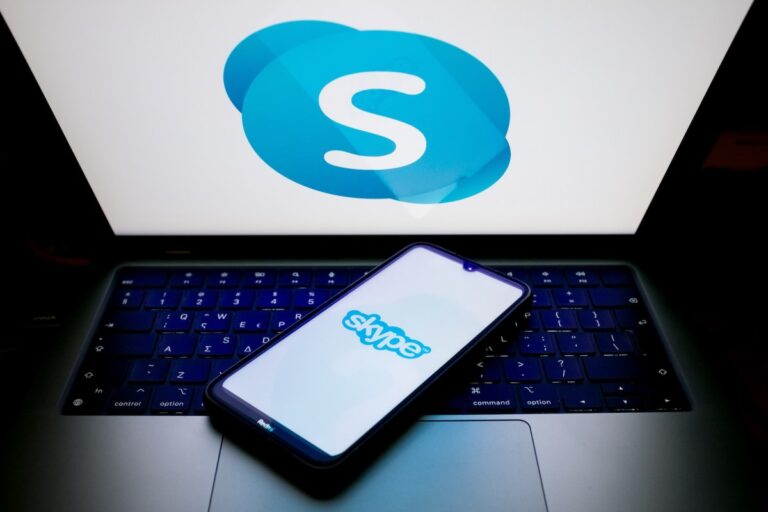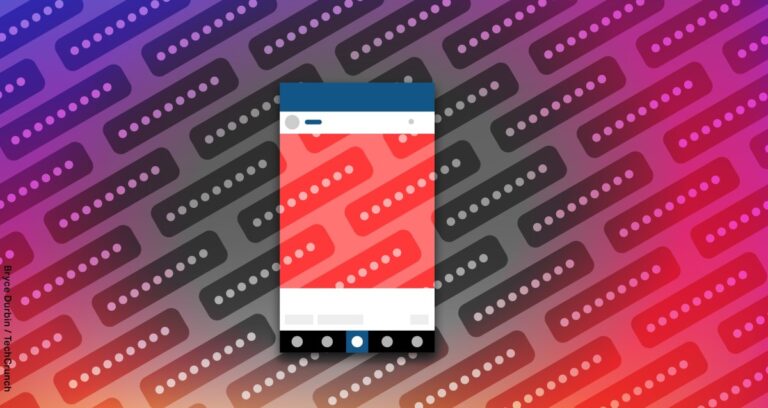Exposed: How Stalkerware Apps Cocospy and Spyic Compromise the Privacy of Millions
Recent reports highlight a significant security vulnerability in phone-monitoring applications, Cocospy and Spyic, which is jeopardizing the personal data of millions of unsuspecting users. Security researchers have uncovered a flaw that allows unauthorized access to sensitive information such as messages, photos, and call logs from compromised devices.
Understanding the Security Vulnerability
The vulnerability affects two distinct mobile stalkerware applications, Cocospy and Spyic, which share similar source code. The bug exposes not only personal data but also the email addresses of individuals who installed these apps for covert monitoring purposes.
How the Vulnerability Works
- Allows unauthorized access to personal data on compromised devices.
- Exposes email addresses of users who signed up for Cocospy and Spyic.
- Security researchers reported the collection of over 2.6 million email addresses from the apps’ servers.
The exploit is relatively straightforward, which raises concerns about the potential for misuse. TechCrunch has opted not to disclose specific details to prevent further exploitation of this vulnerability.
Impact on Users
The revelation of this bug is alarming, especially since many users may not even realize their devices are compromised. Cocospy and Spyic are marketed as parental control or employee monitoring tools but often serve nefarious purposes, such as spying on partners without their consent.
Risks Associated with Stalkerware
Stalkerware applications:
- Are typically banned from app stores.
- Require physical access to install on Android devices.
- Can exploit Apple’s iCloud for data access on iOS devices.
Background on Cocospy and Spyic
Launched in 2018 and 2019, respectively, Cocospy and Spyic have become significant players in the stalkerware market. These applications are often linked to a Chinese mobile app developer, 711.icu, although details about their operators remain scarce.
Technical Analysis
Recent investigations into the applications revealed:
- Both apps disguised as a “System Service” on Android devices.
- Data uploads were sent through Cloudflare, with storage on Amazon Web Services.
- Server responses indicated possible connections to China.
How to Detect and Remove Stalkerware
If you suspect that your device is compromised by Cocospy or Spyic, consider the following steps:
- Dial ✱✱001✱✱ from your Android device to check for installed apps.
- Examine your installed applications through the Android Settings menu.
- Enable Google Play Protect for added security against malicious apps.
For iPhone users, ensuring your Apple account has a strong password and two-factor authentication can enhance your security posture.
Resources for Assistance
If you or someone you know is affected by stalkerware or domestic abuse, the National Domestic Violence Hotline offers 24/7 confidential support. Additionally, the Coalition Against Stalkerware provides resources for those who suspect their devices may be compromised.
For further insights on Android spyware removal, check out TechCrunch’s comprehensive Android spyware removal guide.
Stay vigilant and protect your personal information from unauthorized access.







